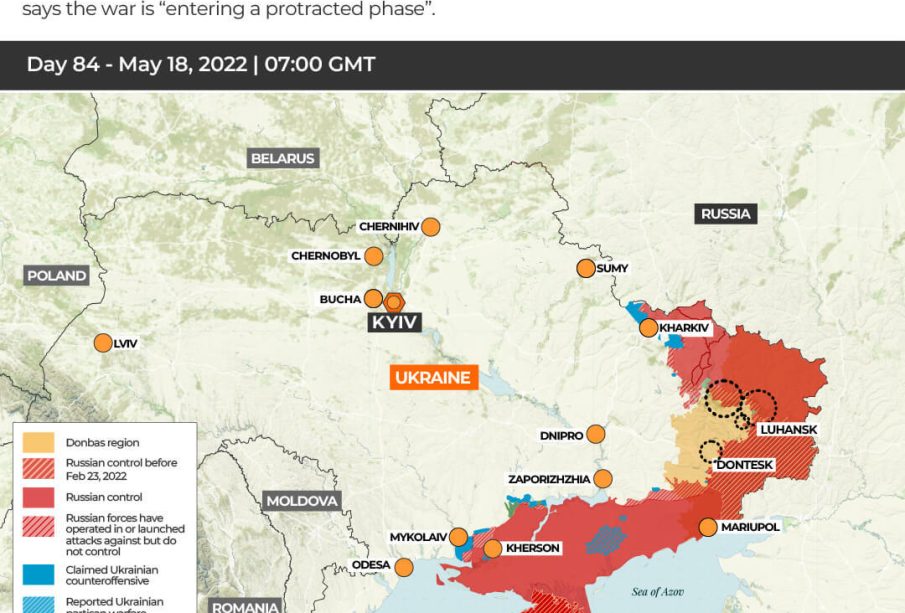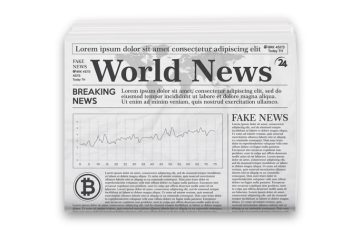Russia Ukraine Conflict: Key Developments and Implications

Introduction
The ongoing conflict between Russia and Ukraine has captured global attention as tensions escalate and diplomatic efforts fluctuate. Beginning in 2014 with the annexation of Crimea, this conflict has drawn in numerous nations and raised concerns regarding international stability, security, and human rights. Understanding the current state of affairs is essential for grasping its significance and potential future ramifications.
Current Developments
As of October 2023, the conflict has seen renewed violence after a brief lull. Ukrainian forces have been engaged in intense battles in Eastern Ukraine, particularly in the Donetsk region, where pro-Russian separatists continue to make advances. The Ukrainian government has reported increased military assistance from NATO countries, which includes advanced weaponry and training programs aiming to bolster their defence capabilities.
In response to Ukraine’s military operations, Russian forces have conducted strikes on civilian infrastructure, exacerbating the humanitarian crisis in the region. Over 7 million Ukrainians have been displaced internally, with millions seeking refuge in neighbouring countries. International reactions have included heightened sanctions against Russia, aiming to cripple its economic capacity to sustain military operations.
International Response
The global community remains divided, with Western nations largely supporting Ukraine, while countries such as China and India advocate for a diplomatic resolution to the conflict. The United Nations has called for peace talks, emphasising the need for a negotiated settlement that takes into account the sovereignty and territorial integrity of Ukraine.
Moreover, the economic impact of the conflict has extended beyond the region, affecting global energy supplies and food security. As Russia’s gas exports are curtailed due to sanctions and conflict-related disruptions, European countries are seeking alternative energy sources to reduce dependency on Russian fuel.
Conclusion
The situation in Ukraine remains fluid, with no clear resolution in sight. As military engagements intensify, the prospect of further escalations poses significant risks not only for the region but for global stability. Analysts emphasize that diplomatic solutions must be pursued urgently to prevent a protracted conflict that could lead to wider ramifications. For readers, staying informed about developments in the Russia-Ukraine conflict is critical as it shapes geopolitical dynamics and influences global economic conditions. The path forward will likely entail complex negotiations and the need for continued international cooperation.









